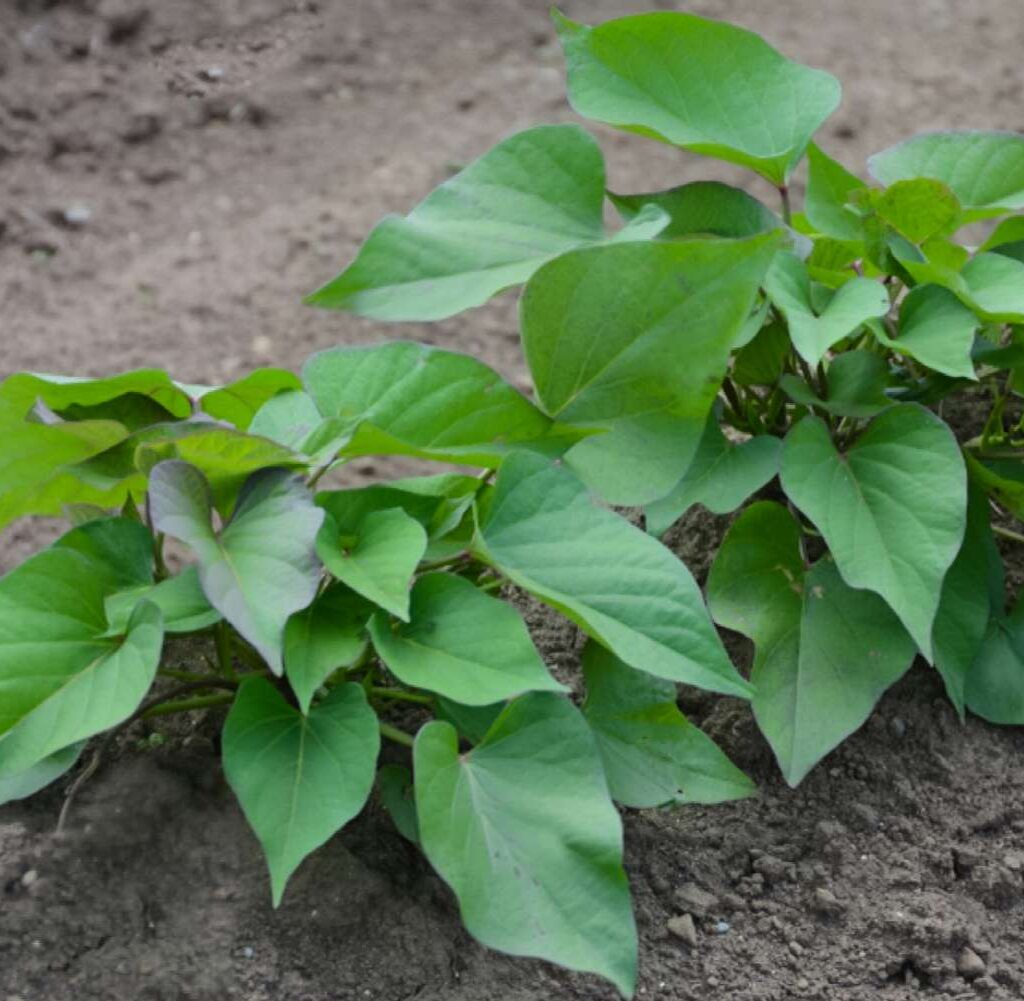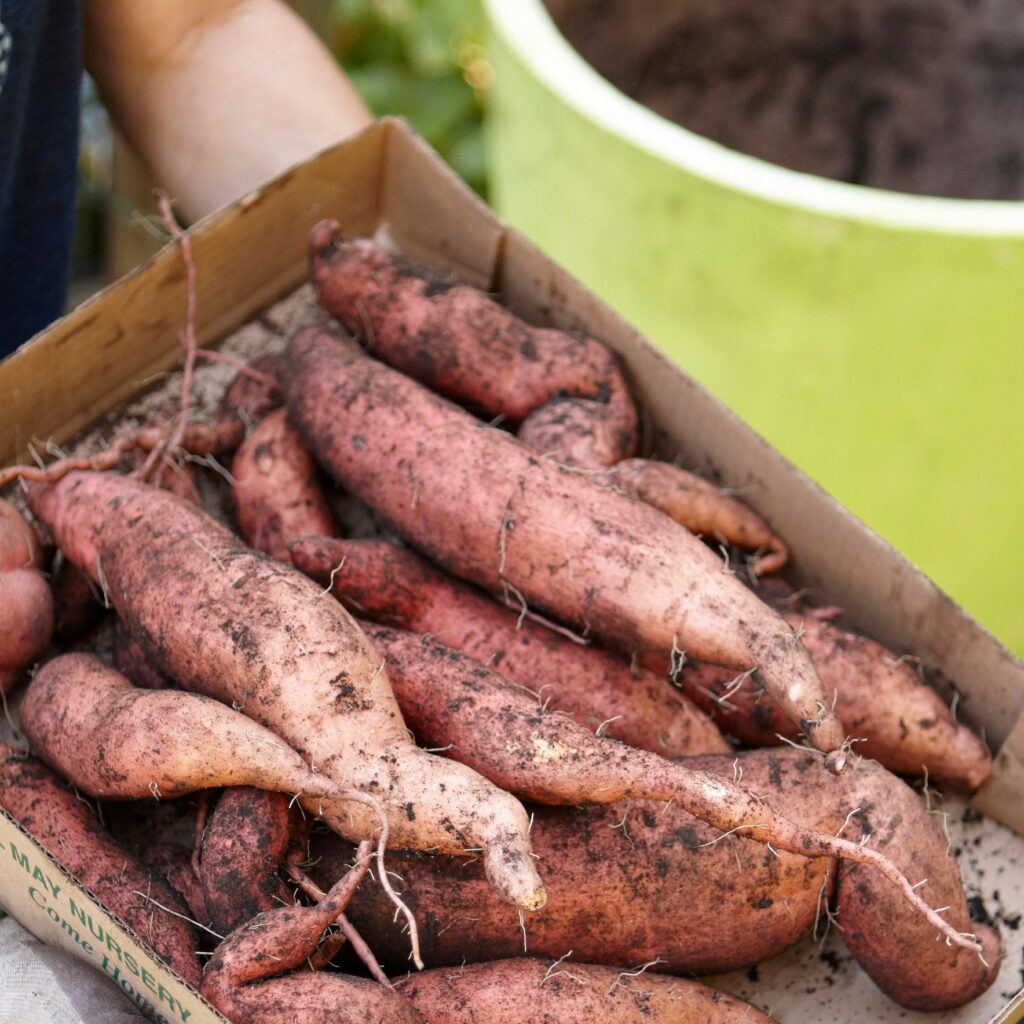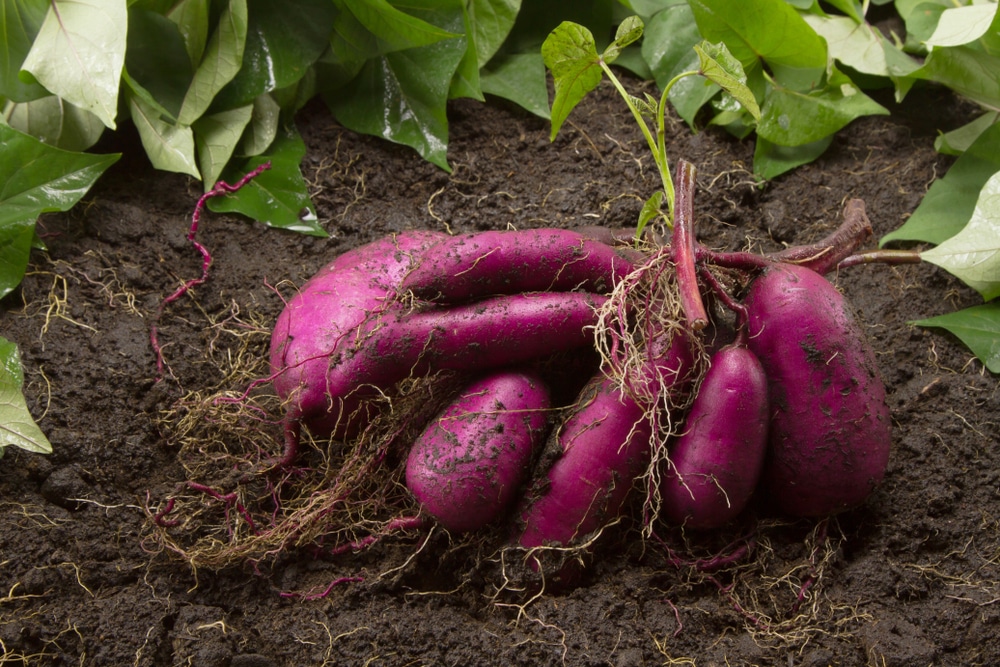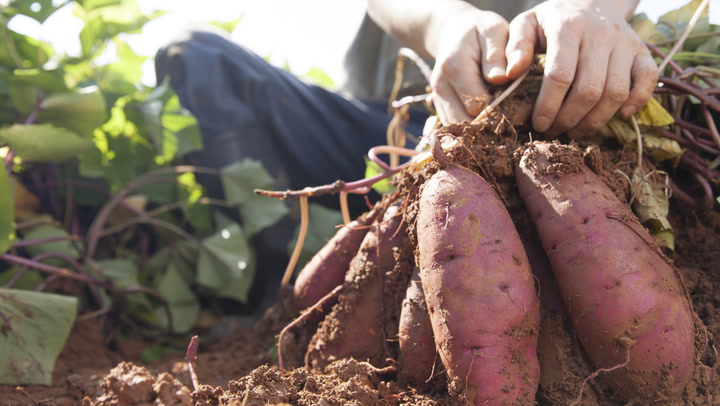Sweet potatoes are a versatile and nutrient-rich crop, packed with vitamins, minerals, and fiber. Cultivating them in your garden can provide a bountiful harvest while offering a rewarding gardening experience. Achieving larger yields, however, requires careful planning, proper soil preparation, and attentive care throughout the growing season. This article explores step-by-step methods to plant sweet potatoes effectively, optimize their growth, and maximize harvests.
Introduction to Sweet Potato Cultivation

Sweet potatoes are tropical root vegetables that thrive in warm, sunny climates. They are commonly grown from slips (sprouted shoots) rather than seeds because slips establish more quickly and yield higher harvests. Sweet potatoes require well-drained soil, consistent watering, and adequate nutrients to grow large, healthy tubers.
Growing sweet potatoes successfully involves understanding their growth requirements, preparing soil appropriately, planting at the right time, and following proper care techniques. A bigger harvest depends on selecting quality slips, proper spacing, and pest and disease management.
1. Selecting Quality Sweet Potato Slips
The foundation of a big harvest begins with high-quality slips. Slips are young shoots grown from mature sweet potato roots.
Tips for Selecting Slips:
- Choose slips from healthy, disease-free sweet potato roots.
- Opt for vigorous, pale green slips approximately 6–12 inches long.
- Avoid weak or yellowing slips, which may result in poor growth.
- If buying slips from a nursery, choose varieties suited to your climate and soil conditions.
Importance: Strong, healthy slips establish faster, produce more foliage, and contribute to larger tubers.
2. Preparing the Soil for Sweet Potatoes

Soil preparation is crucial for root development and overall plant health. Sweet potatoes prefer loose, well-drained soil with high organic content.
Soil Preparation Tips:
- Test the soil pH; sweet potatoes grow best in slightly acidic to neutral soil (pH 5.5–6.5).
- Loosen soil to a depth of 12–15 inches to allow tubers to expand easily.
- Mix in organic matter such as compost, well-rotted manure, or leaf mold to improve fertility and drainage.
- Avoid compacted or clay-heavy soils, which can hinder tuber growth.
Additional Tip: Raised beds are ideal for sweet potatoes in small gardens as they enhance drainage and prevent waterlogging.
3. Choosing the Right Planting Time

Sweet potatoes require warm soil and air temperatures to grow optimally. Planting too early or too late can reduce yield.
Tips:
- Plant slips after the last frost when soil temperature reaches at least 65°F (18°C).
- In cooler climates, start slips indoors 4–6 weeks before transplanting outdoors.
- Ensure a frost-free growing season of at least 90–120 days for optimal tuber development.
Importance: Planting at the right time ensures faster establishment, vigorous growth, and bigger tubers.
4. Proper Spacing for Maximum Growth

Sweet potatoes need adequate space for their vines and tubers to develop fully. Overcrowding can reduce air circulation, limit sunlight, and lead to smaller yields.
Spacing Recommendations:
- Plant slips 12–18 inches apart within rows.
- Space rows 3–4 feet apart to accommodate sprawling vines.
- Use mounding or ridging techniques to allow tubers to grow with minimal competition.
Tip: Wider spacing encourages bigger tubers by reducing competition for nutrients and light.
5. Planting Techniques for Bigger Tubers
Planting technique influences how well sweet potatoes establish and how large tubers grow.
Steps:
- Dig a hole or trench approximately 3–4 inches deep.
- Place the slip gently into the soil, burying about two-thirds of its stem.
- Firmly cover the base with soil, ensuring roots make good contact.
- Water immediately after planting to help settle the soil and reduce transplant shock.
Tip: Avoid planting slips too deep, as this can slow growth and increase the risk of rot.
6. Watering and Moisture Management
Consistent watering is critical, especially during early growth and tuber formation.
Tips:
- Water plants thoroughly after planting.
- Maintain even soil moisture, avoiding waterlogging or drought stress.
- Reduce watering 2–3 weeks before harvest to prevent tuber splitting and improve storage life.
- Use mulch to retain soil moisture, regulate temperature, and suppress weeds.
Importance: Proper moisture ensures vigorous vine growth and promotes larger tubers.
7. Fertilization for Bigger Harvests

Nutrient management is essential to maximize yield. Sweet potatoes require a balance of nitrogen, phosphorus, and potassium.
Fertilization Tips:
- Apply a balanced fertilizer or compost before planting.
- Avoid excessive nitrogen, which can promote vine growth at the expense of tubers.
- Side-dress with potassium-rich fertilizer mid-season to encourage tuber enlargement.
- Incorporate organic fertilizers for slow-release nutrients.
Tip: Regular monitoring and balanced feeding lead to healthier plants and bigger harvests.
8. Managing Pests and Diseases
Sweet potatoes are relatively hardy but can be affected by pests like sweet potato weevils, aphids, and root-knot nematodes, as well as diseases such as fusarium wilt.
Tips:
- Inspect plants regularly for early signs of infestation.
- Use organic pest controls such as neem oil or insecticidal soap.
- Rotate crops annually to reduce soil-borne diseases.
- Remove and destroy infected plants to prevent spread.
Importance: Healthy plants without pest stress produce more vigorous vines and larger tubers.
9. Supporting Vine Growth
Vine management helps improve sunlight exposure and airflow, leading to healthier plants and better yields.
Tips:
- Train vines along trellises or supports to save space and reduce disease risk.
- Prune excessively long vines to encourage energy allocation to tubers.
- Avoid letting vines cover the soil completely, as this can create excessive moisture and encourage rot.
Benefit: Balanced vine growth ensures the plant focuses energy on producing large, healthy tubers.
10. Harvesting Sweet Potatoes for Maximum Yield
Harvesting at the right time ensures tubers reach their full potential.
Tips:
- Harvest 90–120 days after planting, when leaves start yellowing.
- Gently loosen soil with a fork or spade to avoid damaging tubers.
- Cure sweet potatoes for 7–10 days at 80–85°F (27–29°C) to improve sweetness and storage life.
- Store in a cool, dry, well-ventilated area to prolong shelf life.
Tip: Avoid harvesting too early; immature tubers are smaller and less flavorful.
11. Companion Planting for Better Growth
Companion planting can enhance sweet potato growth by improving soil health and deterring pests.
Recommended Companions:
- Legumes: Fix nitrogen in the soil, boosting fertility.
- Marigolds: Deter pests naturally.
- Spinach or Lettuce: Utilize space efficiently without competing for nutrients.
Tip: Avoid planting sweet potatoes near root crops like carrots or potatoes, which may compete for nutrients and space.
12. Seasonal and Climate Considerations
Understanding your local climate is crucial for planning and achieving larger harvests.
Tips:
- In cooler climates, use raised beds or black plastic mulch to warm soil.
- Extend the growing season with row covers or small greenhouses.
- In hot climates, provide partial shade during peak afternoon sun to prevent leaf scorching.
- Adjust planting and harvesting schedules based on local frost dates and temperature fluctuations.
Benefit: Adapting cultivation techniques to climate ensures strong growth and maximum yields.
Conclusion
Growing sweet potatoes for a bigger harvest requires careful attention to slip selection, soil preparation, planting techniques, and ongoing care. By focusing on proper spacing, moisture management, nutrient balance, pest control, and vine support, gardeners can significantly increase their yields. Soil health, climate adaptation, and strategic companion planting further enhance growth and tuber development.
In summary:
- Select strong, disease-free slips suited to your climate.
- Prepare loose, nutrient-rich soil for optimal root expansion.
- Maintain consistent watering and balanced fertilization.
- Manage vines, pests, and diseases proactively.
- Harvest at the right time for maximum tuber size and quality.
With proper planning and attentive care, sweet potatoes can thrive in your garden, providing a nutritious and abundant harvest while adding beauty and greenery to your outdoor space.





